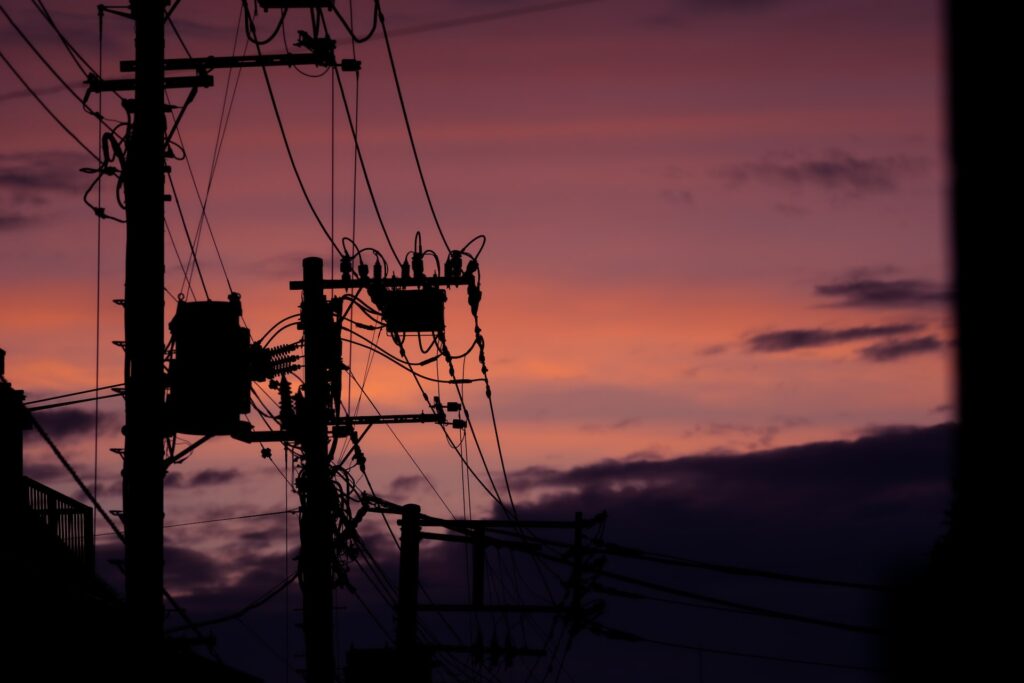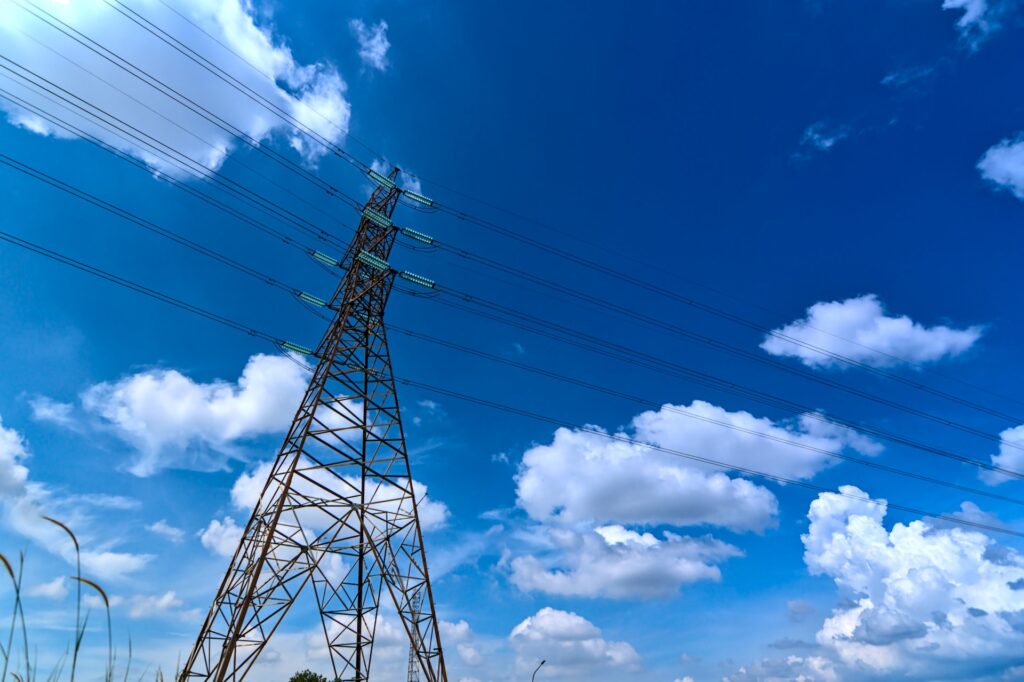Electricity and electrical devices are vital to business and families. However, if it is not used or maintained correctly,electricity presents serious dangers.
Improve hazard identification and importance of following procedures is important. This article is suitable for securing electrical safety.
Table of Contents
- The dangers and side effects of ignoring the electrical safety
- The inappropriate activities in the power line work
- The Electrical safety regulations abide by international community
- How to protect ourselves to achieve electrical safety
- Conclusion
The dangers and side effects of ignoring the electrical safety

Lack of training and respect towards the dangers of electricity often bring dangers. As a result,
fatalities that are caused by electrocutions are reaching record high every year. Although electrical hazards are not the leading cause of injuries and accidents in work, It is important we abide of the electrical rules. These injuries caused by electrical accidents impact the productivity of workers. Even lower voltage discharges may be serious enough to cause death when electric current travels through of the body, especially near the heart.
Electric shock can also cause side effects.

long term, such as:
- severe pain;
- nerve, muscle, or tissue damage;
- internal bleeding;
- loss of coordination and control of muscles
- heart attack.
Electricity flows through the path that offer the least resistance. The human body has little resistance to currents.
The inappropriate activities in the power line work

- contact with insulated cables incorrectly;
- direct contact with electrical conductors such as power lines;
- touching an electrically charged device with wet hands or while standing over water
The electrical current flowing through the body can cause severe internal burns or external. Direct contact with overheated electrical equipment by electrical current can cause severe external thermal burns. Overloaded circuits or equipment can cause fire or explosion, especially in the places stores flammable or explosive substances.
The Electrical safety regulations abide by international community
OSHA General Industry regulations
29 CFR 1910.301-399 contains regulations for the electrical safety involving installations of electrical line components and parts.
Related Detailed Standards with Work Practices for Safety
Electrical (1910.331-335) limit specific tasks to employees who are “qualified.”
The term“Qualified” is defined as “those persons who have training to avoid electrical hazards when working on or near parts exposed energized”. Qualified employees must have the ability to distinguish exposed energized electrical parts, voltage, clearance distances, and voltages corresponding to those that may be exposed. Unskilled workers who are exposed to overhead power lines should keep a minimum distance of ten feet from any computer that is not protected. The mechanical equipment must also to keep this distance.
How to protect ourselves to achieve electrical safety
Creating a safe work environment
Identify common hazards and follow safe practices. The following procedures can help prevent electric shock:
- Use workers who are trained in electrical work on circuits and in Electric equipment.
- Avoid working near electrical sources if the work area, tools, or clothes are in a wet environment.
- Keep a towel or rag handy to keep hands dry.
- Stop all electrical work if the area gets wet from other water sources.
- Ventilate the work area to reduce atmospheric hazards such as dust, flammable vapors or excess oxygen.
- Maintain a clean, orderly and safe environment.
- Keep tools and equipment organized.
- Put electrical equipment and everything in its right place after each use.
- Keep the work area free of rags, garbage and other debris.
- Clean up spills quickly and keep floors dry.
- Use electrical cords that are shockproof.
- Make sure all power cables extension cords have their plugs intact.
- Protect all electrical cables when used in or around hallways.
- Avoid using electrical cords near heat,water or flammable/explosive materials.
- Never use an extension cord with damaged insulation or missing plug ground connection of the plug.
Safe Operation
Power tools must comply with the standards of the National Electrical Code. For double insulated sleeving or to make ground connection with the third electrical wire. The hand tools must also have factory insulated grips.
Follow the tips when using power tools:
- Inspect tools before starting the work.
- Make sure all screen protectors security are in place.
- Never modify tools or equipment.
- Check the power cables and the switches looking for cuts, worn insulation, terminals,exposed, loose connections and a plug
- Clean and dry tools and make sure they are free of layers
- Never transport, store or hang a power tool from its cord
- Stop using the tools immediately, if there is smoke, sparks or discharges
- Do not overload wall outlets or extension cords.
- Make sure the extension cord is of the correct size and classification for the tool being used.
- Never remove the grounding post of a three-pin plug so that fit into a two way wall socket and pegs.
Clothing
- Wear clothing and underwear that are comfortable, that do not restrict the movement and are made of fibers natural (usually cotton). Do not wear garments made of synthetic fibers, nylon or polyester because these kinds of fabric can melt and adhere to the skin and It is easy to cause secondary burns.
- Wear a good pair of safety shoes.
- Avoid wearing loose clothing because they can become entangled and trapped on equipment that is energized electrically.
Conclusion
It is very important to keep electrical safety in the maintenance and daily work of keeping the normal operation of power transmission and distribution
Lineman or electrical Workers must be able to identify and maintain safe conditions in the area.
The electrical maintenance work to protect all personnel from electric shock, arc flash and fire hazard as well as electrical fires.
